
Folk Festivals
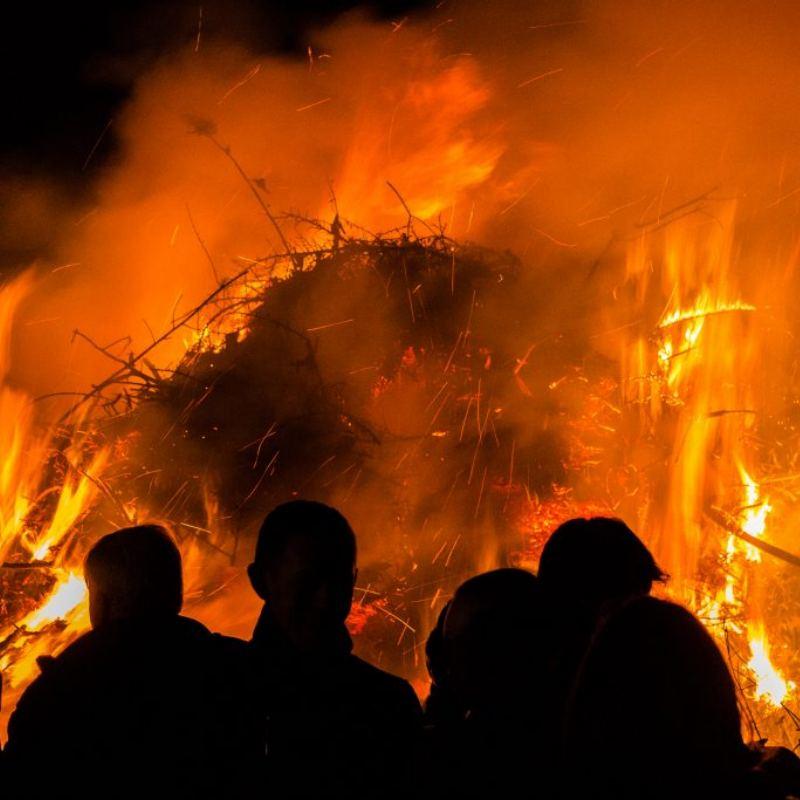
St Joseph's bonfire
Focheraccia, also known as Fogheraccia, Fuochi di San Giuseppe or Focarina, is a traditional Christian festival celebrated in Romagna in honour of St Joseph.
Every year on March 18 (the day before St Joseph’s day), people gather around huge bonfires that are spread throughout the city and the countryside. Once the sun goes down, these bonfires light up the night sky, keeping everybody warm as they celebrate with music, food and mulled wine.
This ancient tradition dates back to pagan rituals celebrating the coming of spring. This is why bonfires are usually made from piles of pruned branches.
MoreParishes often play an important role in the organisation of the event, encouraging locals to start gathering branches weeks in advance in a friendly competition to see who can build the best bonfire.
Pentcost fair of Castel Bolognese
The Pentecost Fair is an ancient festival that brings the whole town of Castel Bolognese to life. Every year, celebrations are held in honour of Our Lady of the Immaculate Conception, who protected the town from the plague that struck Italy in the 17th century and that Alessandro Manzoni mentioned in his novel “The Betrothed”.
In 1630, after the city was saved from the plague, the people of Castel Bolognese made a vow to Our Lady of the Immaculate Conception, to whom a chapel was dedicated in the Church of San Francesco.
As G. Emiliani wrote in his “Sunto storico di Castel Bolognese” (“The History of Castel Bolognese”):
More“... Historical evidence seems to suggest that in 1630 Castel Bolognese was spared from the plague, even as it raged in the surrounding villages and across Romagna. The people of Castel Bolognese believed—and still believe today—that the town was saved by Our Lady of the Immaculate Conception, to whom many prayers had been offered. In order to celebrate this event, a painting was made and a commemorative plaque was attached to the side wall of her Chapel in the Church of San Francesco, where it can still be seen today. Still not satisfied, on June 15 1630 the people of Castel Bolognese made a vow to honour the statue of Our Lady of the Immaculate Conception every year during the three days of Pentecost. Ever since then, they have been gathering in the main square with farm wagons and carts to celebrate the Pentecost with singing, dancing and drinking...”
Over time, the religious aspect of the Pentecost Fair gave way to more emphasis on entertainment, with food and drink stalls, music, and all kinds of attractions.
The Fair, which takes place in the days before the Pentecost, was founded in 1630 and has been running every year ever since. That was until June 2020, when the COVID-19 pandemic hit Italy hard and the Fair had to be cancelled.
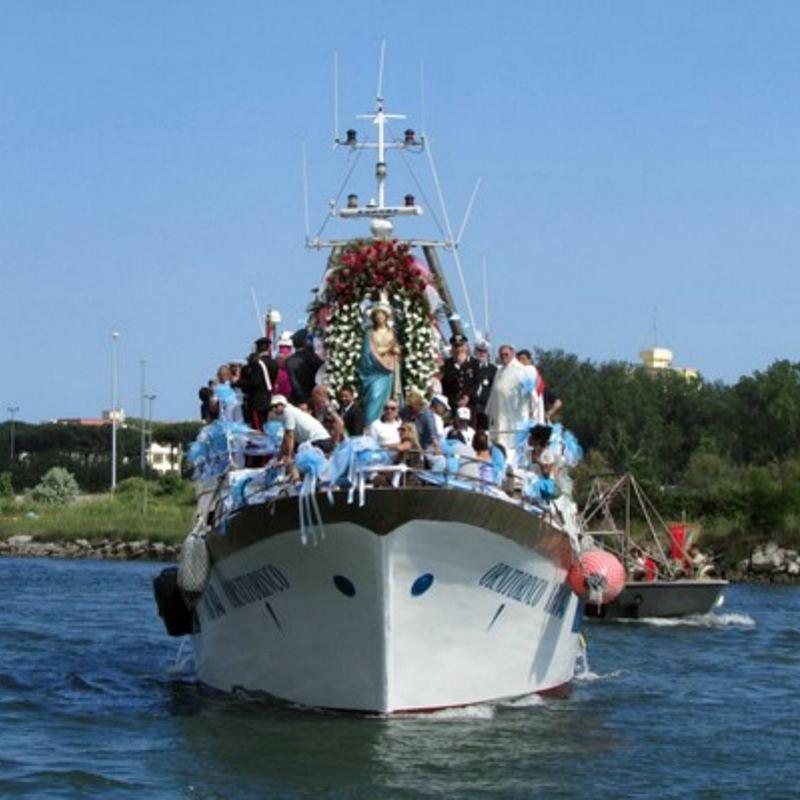
Feast of Our Lady of the Sea
The Feast of Our Lady of the Sea is a deeply-rooted tradition along the coast of Romagna, so much so that several coastal towns, like Riccione, include it in their summer festival calendar.
Here, on the last or second-to-last Sunday of July, a flotilla of colourful Mariegole (the traditional sailing boats of Romagna) will sail in a procession carrying the statue of Our Lady of the Sea.
MoreThe festival runs all day and takes place between the beach and the pier. The programme usually includes small concerts, seine fishing (an ancient method of fishing using a net operated from the shore), and a blessing of wreaths in memory of the fallen. The wreaths are laid at sea during the procession.
This eventful day ends in the evening after the Holy Mass, which is usually celebrated on the pier, and with a dazzling firework show.
Feast of St Vicinius
St Vicinius’ day is celebrated every year in Sarsina on 28 August. Not only is St Vicinius the patron saint and first bishop of Sarsina, but he was also canonised here by popular acclaim.
People come from afar to ask for the protection of this miracle-working Saint and get one of his famous curdlen. These collars are regarded as a symbol of St Vicinius’ iron collar and are made of colorful silk threads that are blessed and worn around the neck for protection. Whether as an amulet or as a souvenir, curdlen are popular with everyone, even with locals, who keep them in their cars. As a matter of fact, on the day before the Festival cars parade outside the Cathedral and receive a travel blessing.
MoreApart from the religious aspect, on this day visitors may also enjoy a variety of entertainment shows, music, and excellent food.
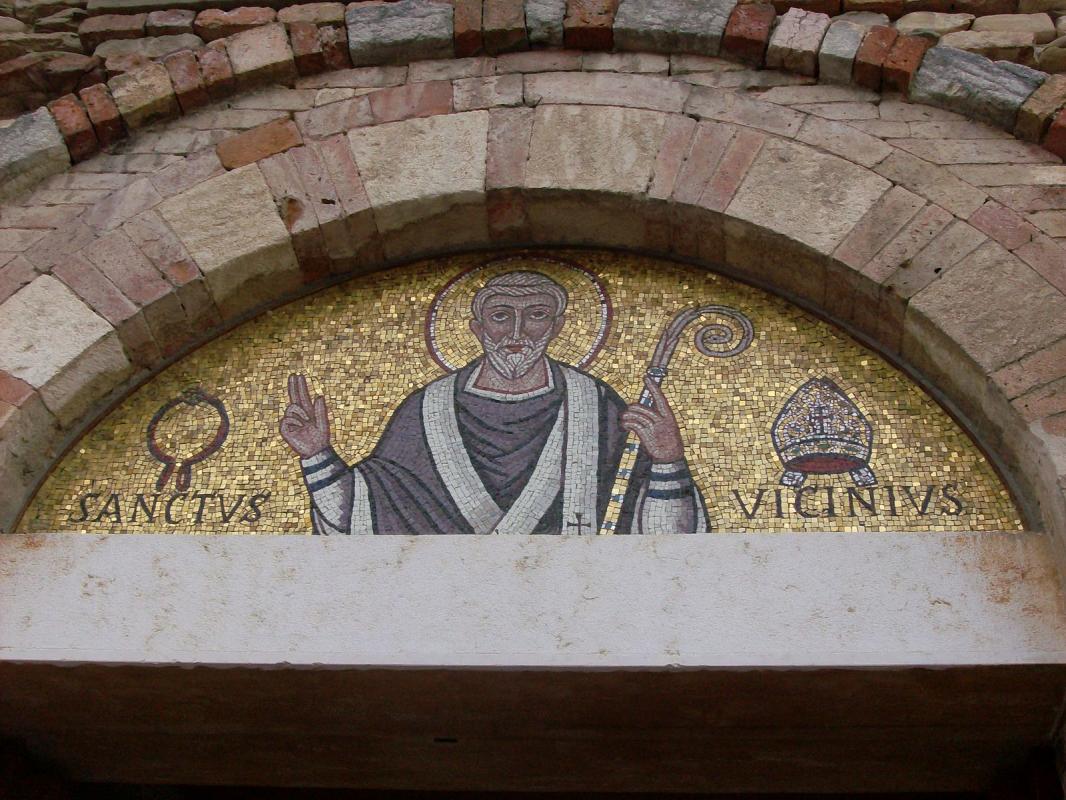
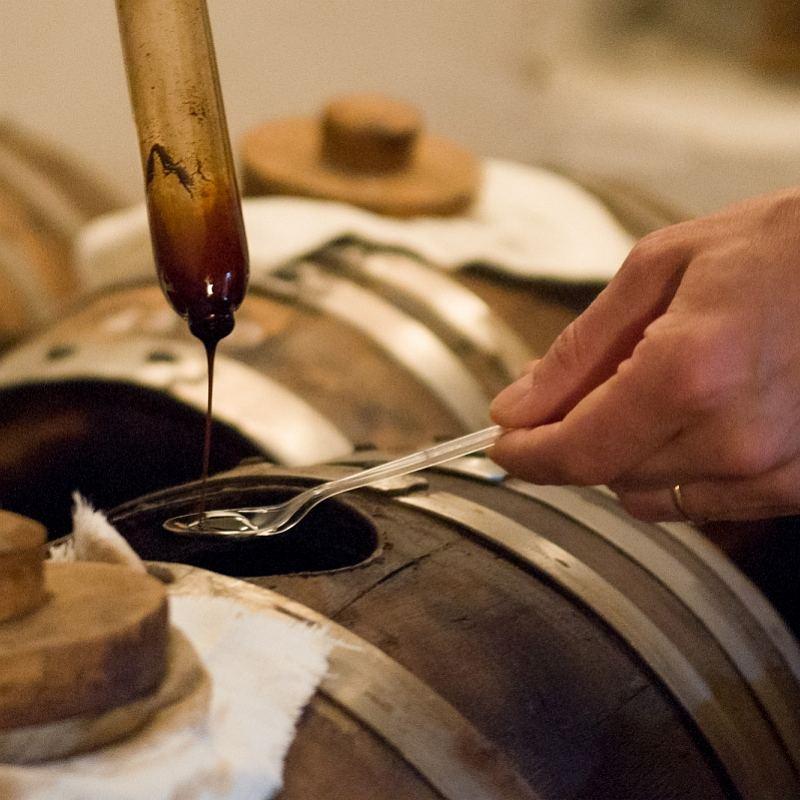
St Jahn's Fair and the Palio of Balsamic Vinegar in Spilamberto
St John’s Fair in Spilamberto is the annual event where faith and food intertwine.
Every year Spilamberto, the capital city of the Traditional Balsamic Vinegar of Modena, holds a contest for the best balsamic vinegar.
St John’s Fair takes place every year around 24 June, the feast day of St John the Baptist (the town’s patron saint), and attracts thousands of visitors who come from far and wide to discover the delicacies of this area.
MoreDuring the fair, the Guild of Traditional Balsamic Vinegar Makers awards the coveted Palio di San Giovanni prize to the best family-produced vinegar.
The grey hen festival
Festa d’la Galeina Grisa is celebrated in the Val Tidone area at the beginning of spring. Like most festivals celebrated on May Day, it probably dates back to pagan times and is based around the myth of the goose that laid golden eggs - a very popular legend throughout Europe and Asia, where eggs are a traditional symbol of rebirth and renewal.
On the night of April 30, the youth of Pianello Val Tidone form groups and go from house to house singing folk songs and the so-called “maggiolata”, a poem traditionally sung on May Day. The people inside the house can either step outside and give them an egg or shut the front door, in which case the young singers will cast a curse upon their chickens![MORE]]
But don’t worry, this doesn’t happen very often and our valiant singers usually end up with a huge haul of eggs, which are then used to cook traditional egg-based dishes, like burtleina, a delicious savoury crêpe typical of Piacenza.
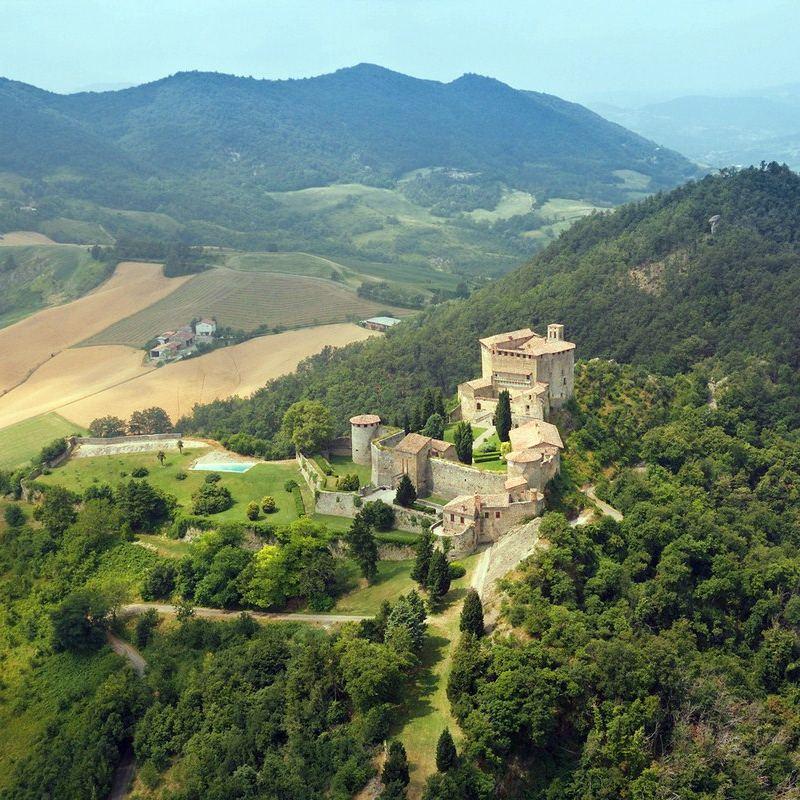
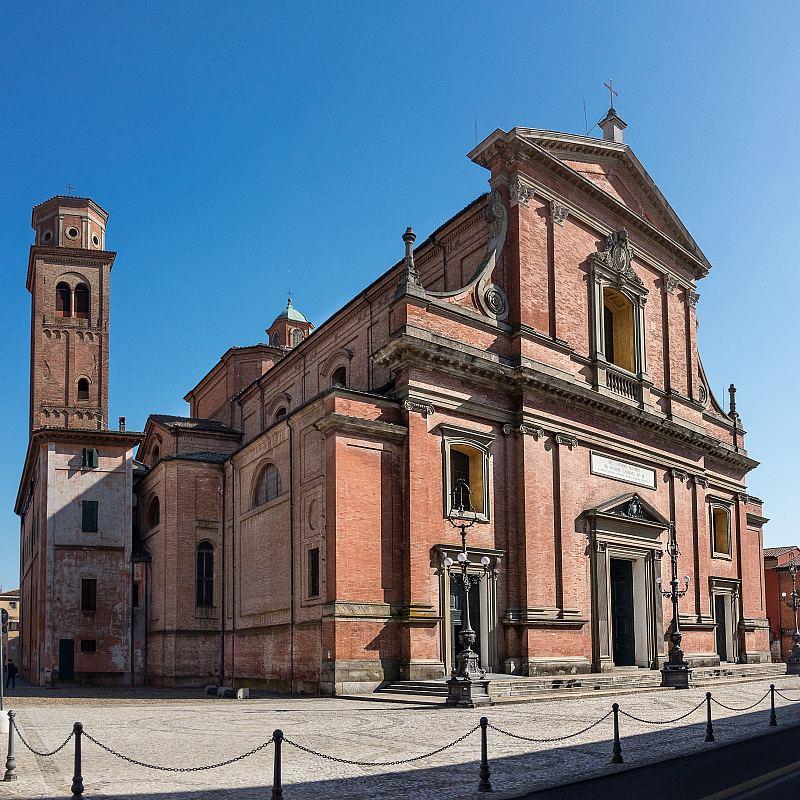
Dies Natalis di San Cassiano
La festa del dies natalis di san Cassiano, cioè della sua nascita a Cristo tramite il martirio, risulta fissata al 13 agosto sino dal medioevo.
Dopo la solennità del 13 agosto la più antica ricorrenza liturgica collegata al culto di san Cassiano era la dedicazione della cattedrale, celebrata il 24 ottobre. Le sue origini risalivano al 24 ottobre 1271, quando il vescovo Sinibaldo tenne un sermone nella cattedrale dopo la sua solenne consacrazione, al termine di lavori pluridecennali. La pergamena contenente il sermone, che era andata perduta, fu ritrovata dal canonico Antonio Maria Manzoni nel 1704. Da allora la festa cominciò ad essere celebrata ad Imola il giorno 24 ottobre, come avviene ancora oggi.
MoreLa festa della traslazione del corpo di san Cassiano ebbe origine dalla ricognizione delle reliquie del santo sopra ricordata, compiuta nella primavera 1704, e dalla loro reposizione nell’urna marmorea appositamente commissionata, dietro l’altare del santo nella cripta della cattedrale, avvenuta il 1° ottobre di quell’anno. In quell’occasione fu commissionato al pittore Giuseppe Bartolini uno stendardo raffigurante il santo in atto di benedire la città, che venne trasportato nella processione del giorno precedente e poi deposto sull’urna marmorea della cripta. Dal 1979, dopo le modifiche del proprio della Chiesa imolese approvate dal vescovo Dardani, la festa viene celebrata il 3 ottobre.
Alle feste ed all’altare di San Cassiano erano collegate numerose indulgenze, concesse dai pontefici. Con breve spedito il 1° febbraio 1577 papa Gregorio XIII aveva dichiarato privilegiato quotidiano per i defunti l’altare di San Cassiano nella cripta; quindi le messe in loro memoria celebrate ogni giorno presso quell’altare ottenevano ai defunti suffragati l’indulgenza plenaria.
Dal 1584, per concessione dello stesso pontefice, i fedeli che visitavano le tombe dei santi Cassiano, Pietro Crisologo, Maurelio, Proietto e Donato nei giorni festivi di ciascuno ottenevano l’indulgenza plenaria per i loro peccati. Il testo della bolla papale venne dipinto sul pilastro della cappella della Madonna delle Laudi, dove si conservavano le reliquie dei santi patroni.
Nel 1606 papa Paolo V estese questo privilegio anche alla chiesa di Croce Coperta, per il giorno 13 agosto. Il 28 marzo 1782 papa Pio VI, in visita ad Imola, concesse l’indulgenza plenaria ai fedeli che visitavano la chiesa di San Cassiano in quel giorno, ed anche in futuro per la festa della dedicazione della cattedrale, il 24 ottobre.
Sagra della Giarèda – Via Matildica del Volto Santo
La Sagra della Giareda, legata al santuario mariano della città di Reggio Emilia denominato "Basilica della Beata Vergine della Ghiara" affonda le proprie radici in un passato lontano nel periodo compreso tra il '600 e il 1861, in essa sono racchiusi 4 secoli di storia, di fede e di cultura. Il 6 maggio 1861 una rovinosa nevicata distrusse gli impianti e la sagra fu sospesa sino al 1980, anno in cui la tradizione si rinnova nell'area circostante la Basilica della Beata Vergine della Ghiara ospitando importanti iniziative religiose, commerciali, artistiche e culturali. Patrocinata da Amministrazione Comunale di Reggio Emilia, Circoscrizione Centro storico; Provincia di Reggio Emilia; Fabbriceria Laica della Ghiara; Comunità dei Servi di Maria.
Reggio Emilia - Tempio dedicato alla Beata Vergine della Ghiara.
Corso Garibaldi, 44 - 42121 Reggio nell'Emilia- 0522 439707
Fonte: Via Matildica Volto Santo – Comune di Reggio nell’Emilia
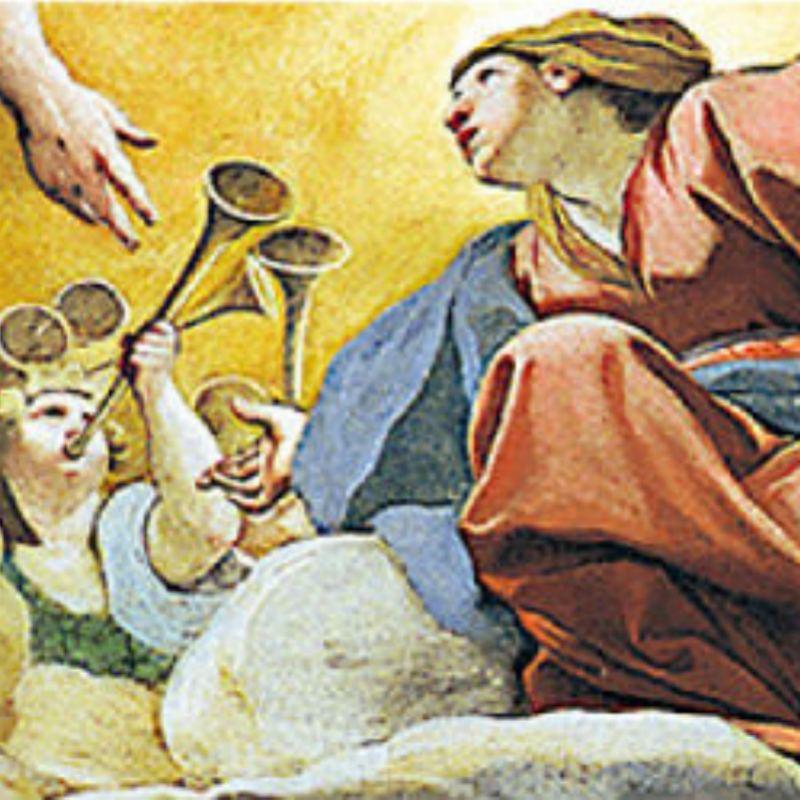
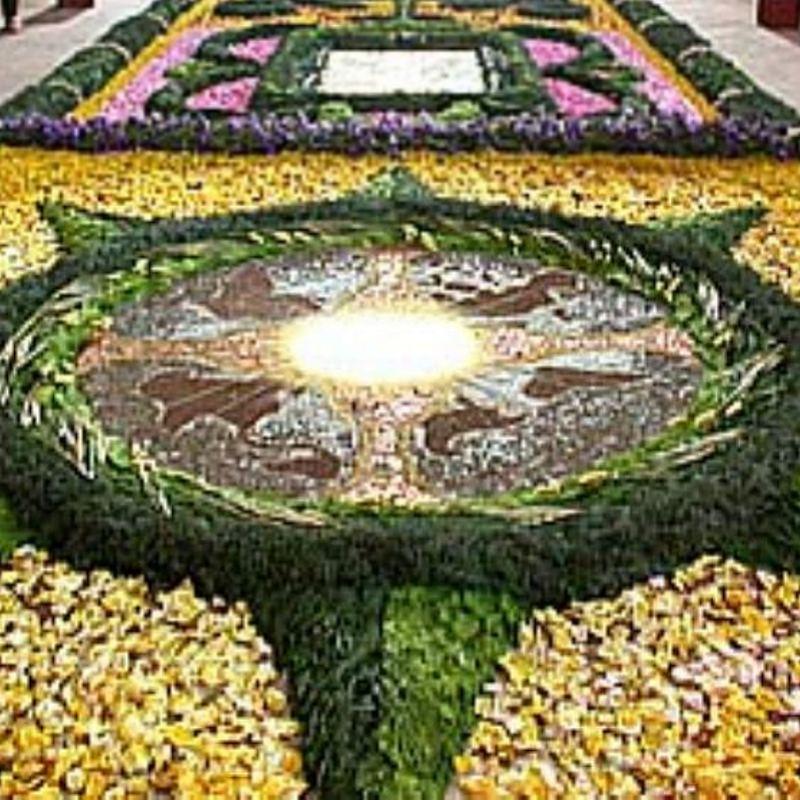
"Infiorata" Abbazia cistercense di Chiaravalle della Colomba (Alseno) – Via Francigena
Nel periodo tra maggio e giugno, per la festa del Corpus Domini si può ammirare nell’abbazia cistercense di Chiaravalle della Colomba lo stupendo tappeto fiorito collocato lungo le navata della abbazia, meglio noto come «infiorata», predisposto dai monaci con l’aiuto dei fedeli del luogo, composto con fiori, foglie e quadri che seguono, ogni anno un tema religioso diverso. Solitamente il tappeto è visitabile per le due settimane seguenti al Corpus Domini e a corredo vengono organizzati vari eventi come mostre, concerti e convegni
Si perpetua cosi una tradizione quasi millenaria fatta propria dai monaci cistercensi che hanno inteso solennizzare la festività del Corpus Domini, estesa alla Chiesa universale da papa Urbano IV, nel 1264, per intercessione di santa Giuliana da Liegi, anch’ella monaca cistercense, con l’istituzione della tradizionale processione, preceduta dallo spargimento di petali di fiori (la cosiddetta «Infiorata»).
Diocesi di Piacenza – Bobbio Via S. Bernardo, 35 Chiaravalle della Colomba, Alseno(PC) Tel. 0523 - 940132
https://www.chiaravalledellacolomba.it/index.php
Fonte: Abbazia di Chiaravalle della Colomba - AEVF
